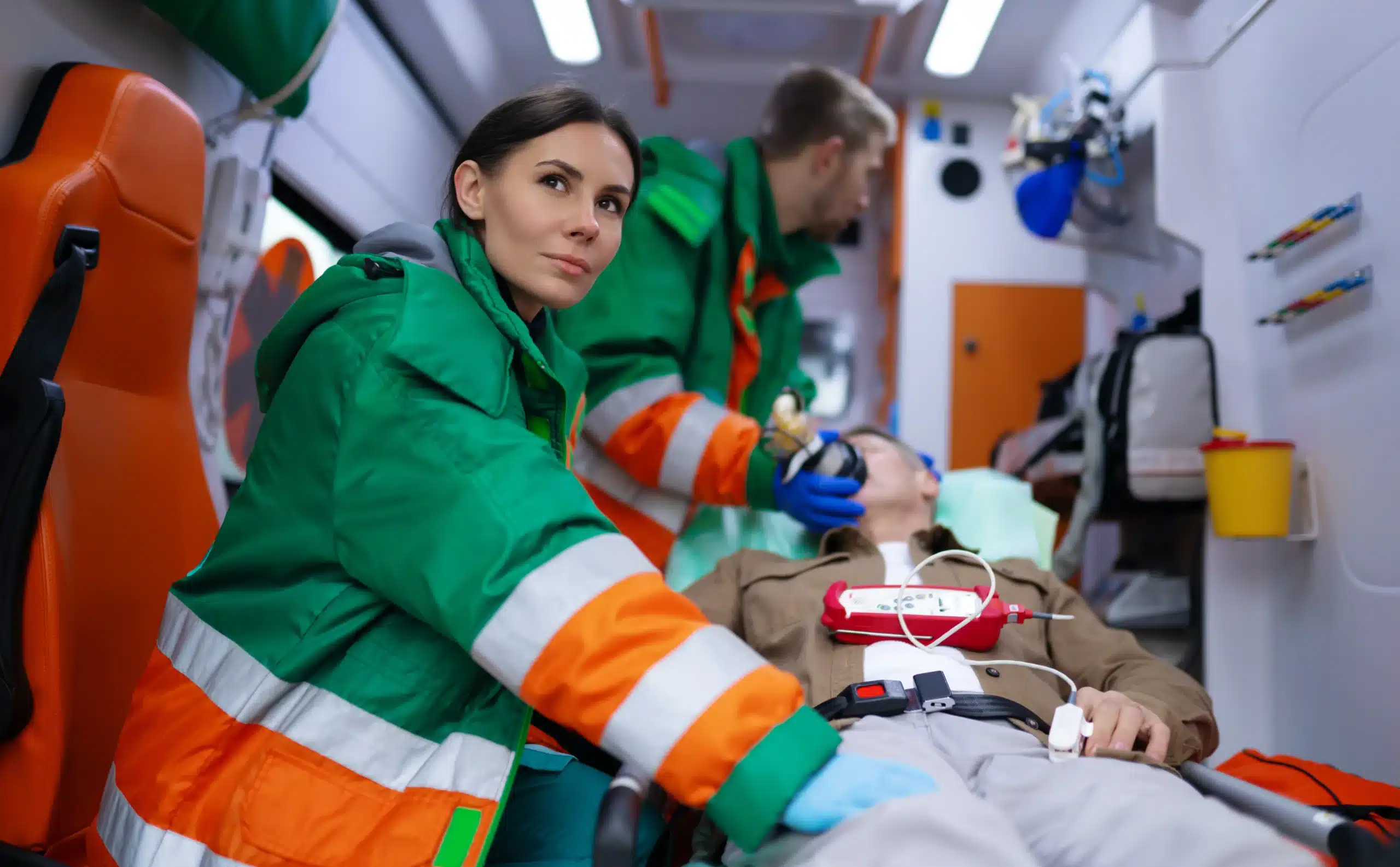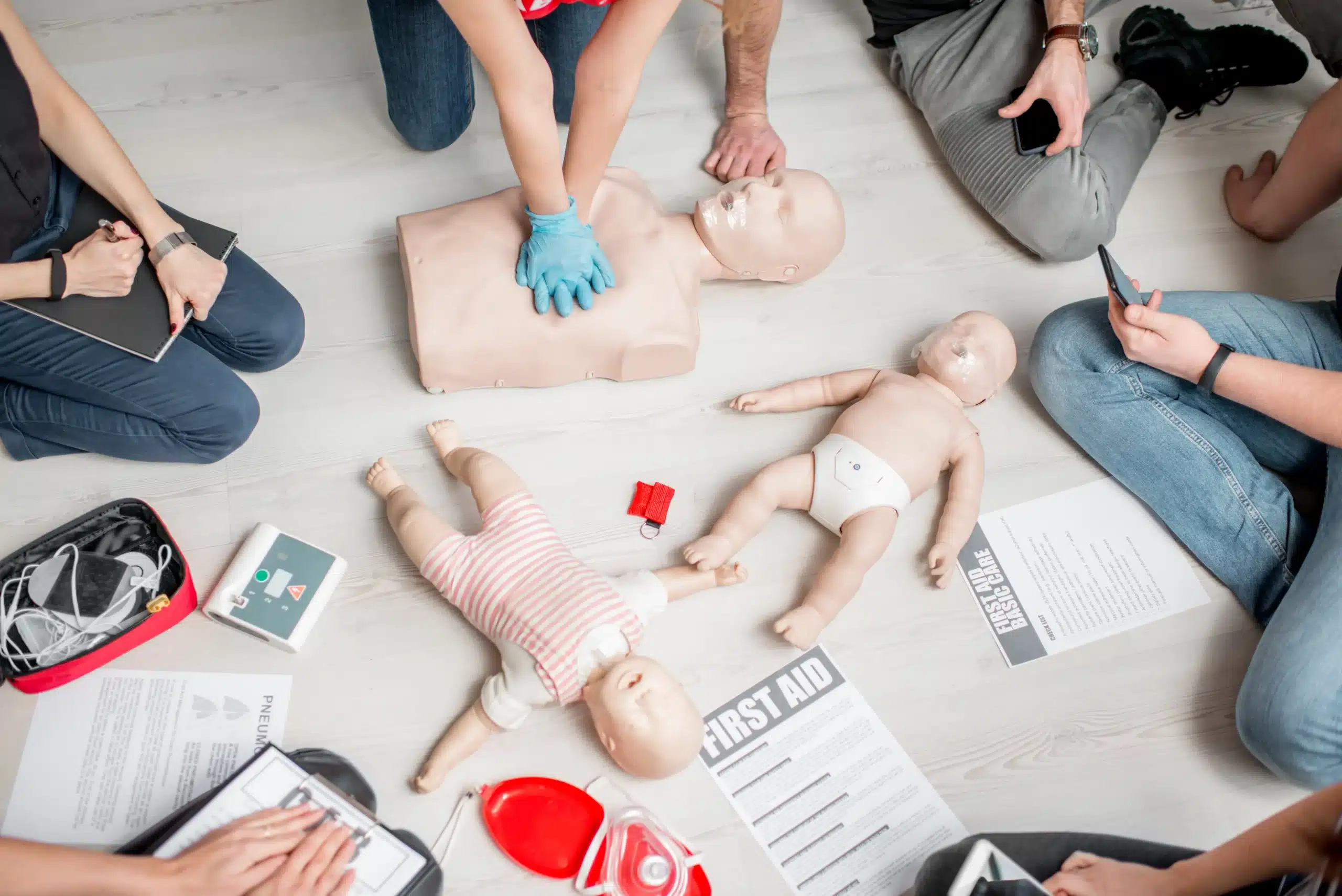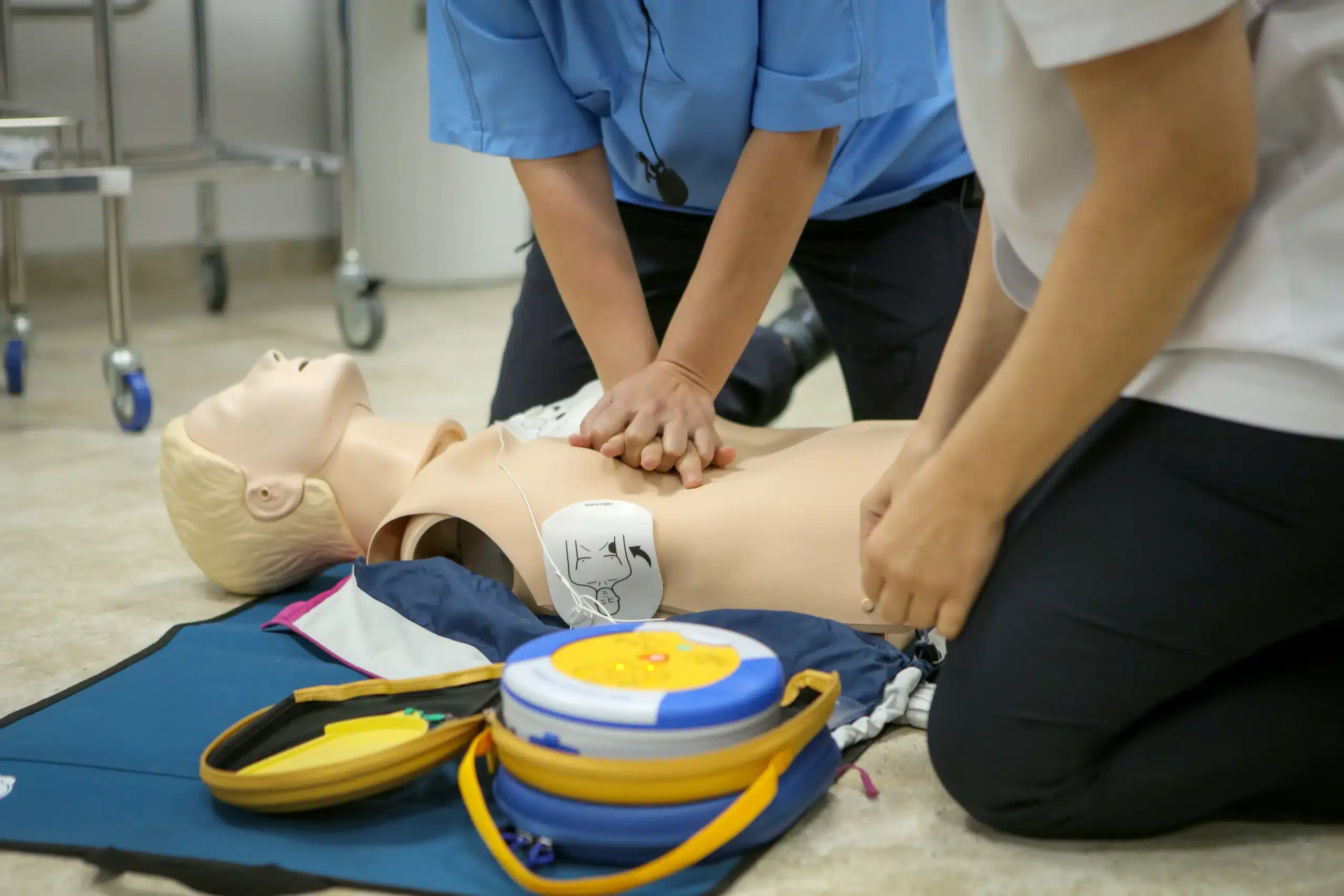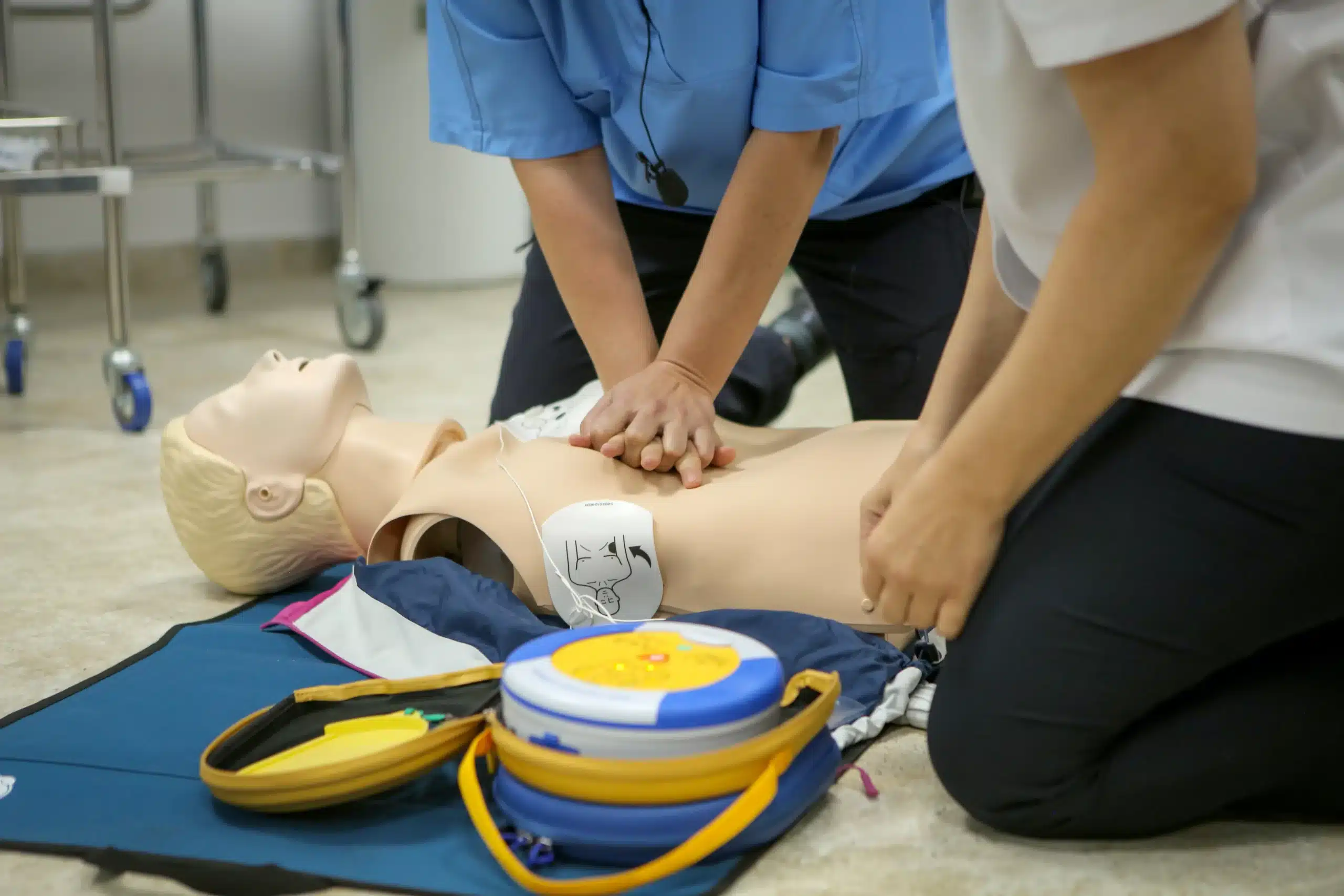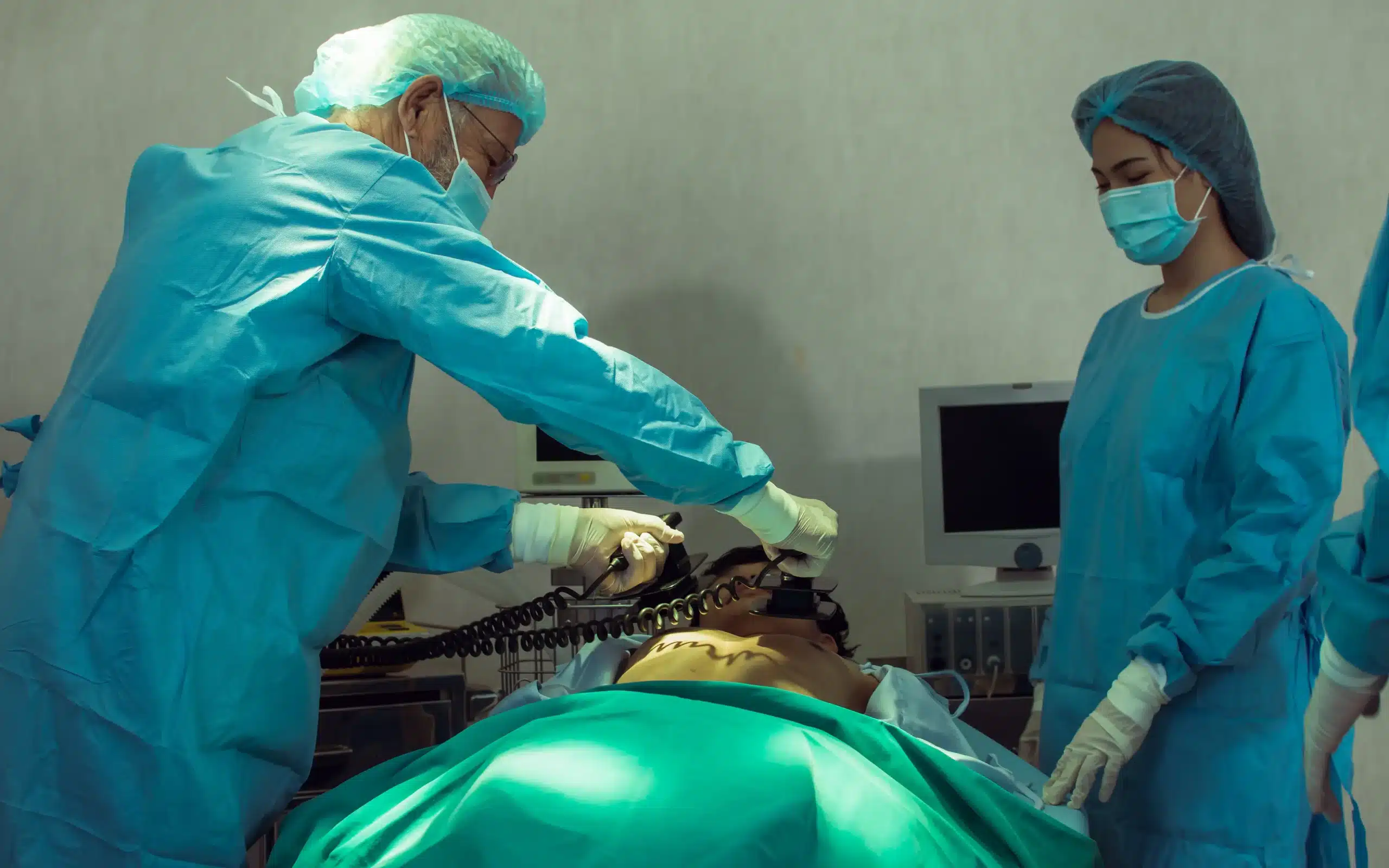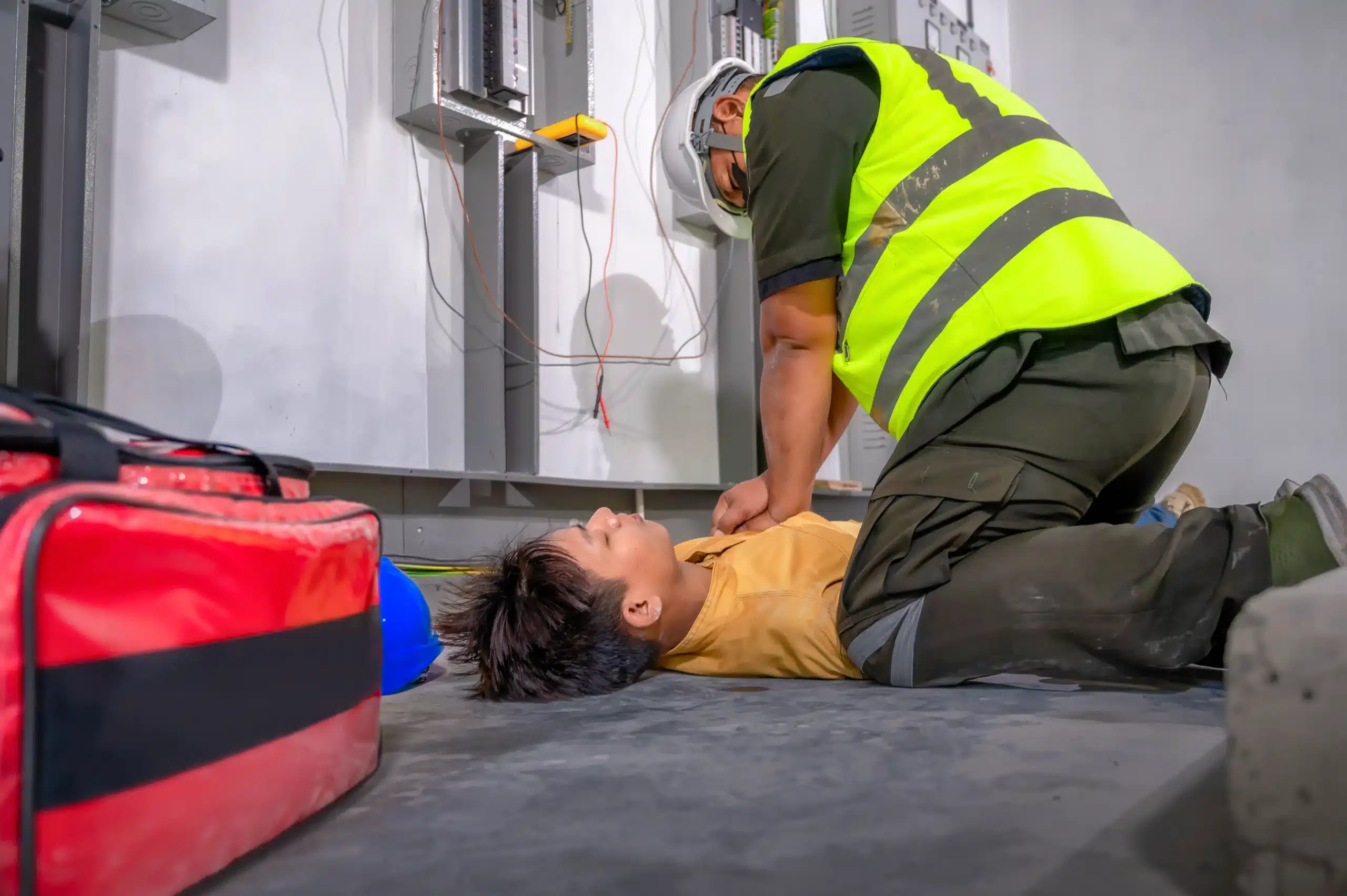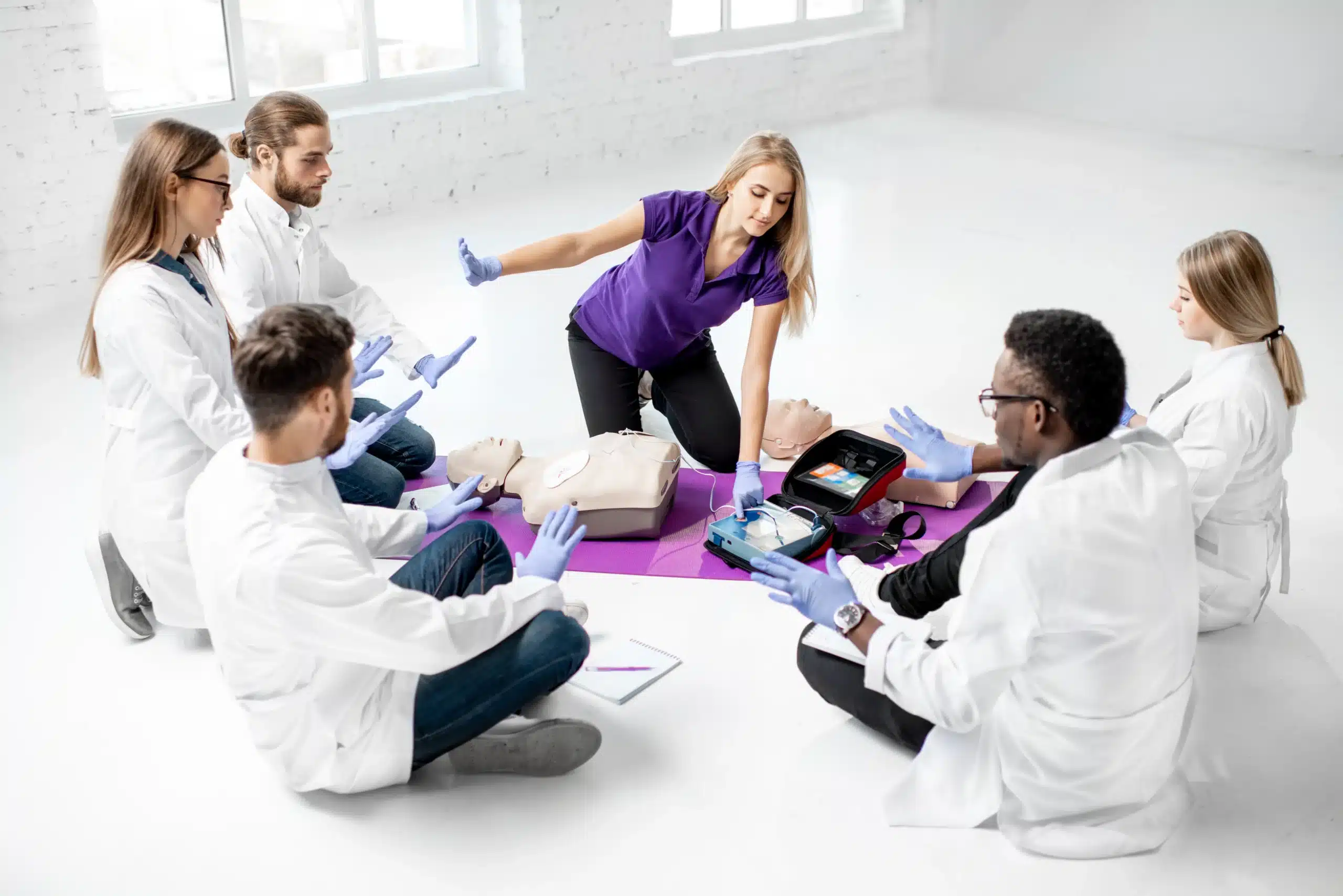Emergencies can happen anytime, anywhere. Being equipped with the skills to respond effectively can be life-changing. Basic Life Support (BLS) training provides the knowledge and confidence to act in critical situations. This guide is your go-to resource for all things BLS, including finding bls courses in Monterey, understanding certification requirements, and choosing the right training format for your needs. We’ll also explore the differences between BLS and standard CPR, discuss the importance of maintaining your skills, and provide helpful resources to support your learning journey.
Key Takeaways
- BLS certification provides essential life-saving skills: Whether you’re a healthcare professional or want to be prepared for emergencies, BLS equips you with the skills to respond effectively to various medical crises.
- Choosing the right BLS course involves several factors: Consider your learning style and schedule when deciding between online and in-person options. Ensure the course aligns with current AHA guidelines and comes from a reputable provider.
- BLS training creates safer communities: These skills empower individuals to confidently handle emergencies, contributing to a more prepared and secure environment for everyone.
What is BLS & Who Needs It?
What is BLS?
Basic Life Support (BLS) certification teaches lifesaving skills for handling emergencies. Think CPR, plus other essential techniques. It focuses on providing immediate care during critical situations, like a heart attack or stroke, until more advanced medical help arrives. BLS certification and how long it takes to get certified online.
Who Needs BLS Training?
BLS certification is designed for healthcare professionals, including doctors, nurses, paramedics, and other medical personnel. It’s often a job requirement for these roles, as they’re frequently the first responders in medical emergencies. The training covers more advanced techniques than standard CPR, such as how to handle cardiac arrest, respiratory distress, and airway obstructions. The Red Cross offers a helpful comparison of BLS and CPR certification. While BLS is geared towards healthcare providers, anyone can benefit from this training. It empowers individuals to confidently respond to emergencies and potentially save lives.
Common BLS Misconceptions
One common misconception is that BLS training is only for cardiac arrest. In reality, BLS skills apply to a wide range of emergencies, from choking to drowning. It equips healthcare providers to assess and manage various critical situations. Another misconception is that BLS certification lasts forever. Like many certifications, BLS requires renewal every two years to ensure your skills are up-to-date and you’re familiar with the latest guidelines. This ensures you can provide the most effective care possible in an emergency. You can find resources debunking common myths about BLS certification.
Find BLS Courses in Monterey
Finding the right BLS course can feel overwhelming with so many options. To simplify your search, we’ve compiled a list of providers offering BLS certification in the Monterey area. Remember to verify course details and schedules directly with each provider before registering.
Safety Training Seminars
Safety Training Seminars, a woman-owned AHA Training Center in nearby Santa Cruz, offers a variety of CPR and BLS courses for healthcare professionals and the general public. Their courses adhere to the latest AHA guidelines and emphasize hands-on training. They also offer a low price guarantee, making them a cost-effective option. Serving Santa Cruz, Monterey, and Capitola, their location may require a short commute, but their commitment to quality instruction and customer service makes it worthwhile for many students. Contact them to learn more about course offerings.
California State University Monterey Bay (CSUMB)
CSUMB provides a valuable resource for its community by offering free CPR and AED training to students, faculty, staff, and university employees. This four-hour American Heart Association Heartsaver program, taught by Presidio of Monterey Fire Department staff, is an excellent opportunity to develop these essential life-saving skills. Check the CSUMB website for course schedules and registration information.
Aquarius Dive Shop
For those interested in diving or water safety, Aquarius Dive Shop offers a Basic Life Support (BLS) course covering CPR and First Aid. This course focuses on essential skills for adults, children, and infants, including one- and two-person CPR, AED use, and responding to choking and shock.
American Red Cross
The American Red Cross offers BLS certification and renewal courses throughout California. Designed for healthcare providers and first responders, these courses equip participants with the skills to handle emergency situations effectively.
American Heart Association
The American Heart Association is a leading provider of BLS courses, emphasizing high-quality CPR, AED use, and the importance of early defibrillation. Their training is widely recognized and respected within the healthcare community.
Monterey County Regional Fire District
The Monterey County Regional Fire District offers a variety of CPR and BLS classes. Their online catalog makes it easy to find a course that fits your schedule. Check their website for upcoming class dates and registration details.
Get BLS Certified
So, you’re ready to get your BLS certification—great! This section walks you through the process, from finding a course to recertification.
How to Get BLS Certified
BLS certification involves a combination of classroom instruction and hands-on practice. You’ll learn the latest techniques for CPR, how to use an AED, and basic first aid. Many organizations offer BLS certification courses, both in-person and online, so you can choose the format that best fits your schedule and learning style. Safety Training Seminars, for example, offers convenient in-person classes right here in Santa Cruz.
Certification Renewal
Your BLS certification is valid for two years. To maintain your credentials, you’ll need to complete a recertification course before it expires. Renewal courses cover the same core content as initial certification—CPR, AED use, and first aid—and include a practical skills assessment to ensure you’re ready to respond in an emergency. Staying current with your certification ensures you’re always equipped with the most up-to-date, life-saving skills. You can find more information on renewing your BLS certification through resources like the Francisco Tribune.
BLS Course Costs in Monterey
BLS course costs can vary depending on the provider and the type of course you choose. In Monterey, you can expect to find options ranging from around $25 for basic CPR certification to around $35 for a comprehensive BLS Healthcare Provider course, as detailed by resources like CPR Test Center. It’s always a good idea to compare prices and check for any available discounts, especially if you’re certifying a group. Safety Training Seminars offers a low-price guarantee, so you can feel confident you’re getting a great value.
Free & Discounted BLS Training
While some cost is typically associated with BLS training, there are sometimes opportunities to save. Keep an eye out for discounts on training supplies or group rates. Some organizations, like the American Red Cross, occasionally offer promotions or coupon codes. You can also check with providers like American BLS to see if they offer discounts for larger groups. Don’t hesitate to contact Safety Training Seminars to inquire about current specials or group rates for your team. You can reach out through our contact form.
Choose the Right BLS Course
So, you’re ready to get your BLS certification—great! Choosing the right course is an important first step. This section breaks down everything you need to know to find the perfect fit.
BLS vs. Standard CPR
First things first, let’s clear up any confusion: BLS (Basic Life Support) and standard CPR are not the same. Standard CPR training teaches the essentials—chest compressions, rescue breaths, and how to recognize a cardiac arrest. BLS builds on those fundamentals and goes further. It’s designed for healthcare providers, like doctors, nurses, and EMTs, and includes advanced techniques for airway management, using a bag-valve mask, and team dynamics during resuscitation. Think of BLS as CPR+, equipping you with a broader skillset for medical emergencies. If you’re a healthcare professional or aspire to be one, BLS certification is likely a requirement. For more information on the differences, check out the American Red Cross page.
Online vs. In-Person BLS Training
Deciding between online and in-person BLS training often comes down to your learning style and schedule. Online BLS certification offers flexibility and convenience. You can learn at your own pace, anytime, anywhere. Many online courses, like our blended learning option, combine online learning with an in-person skills session, giving you the best of both worlds. Traditional, in-person classes provide a hands-on, interactive learning environment. You’ll practice skills with instructors and classmates, which can be especially helpful for those who prefer direct feedback. The American Red Cross offers both classroom-based and blended learning options.
What to Look for in a BLS Course
Regardless of whether you choose online or in-person training, make sure your BLS course comes from a reputable organization, like the American Heart Association. Look for training aligned with the latest AHA guidelines, so you know you’re learning the most up-to-date techniques. A good BLS course should cover essential skills such as high-quality CPR for adults, children, and infants; using an AED; and relieving choking. Check if the provider offers continuing education credits, which can be helpful for maintaining professional licenses. Our low price guarantee ensures you’re getting the best value for your training. For more tips on choosing a quality course, review CPR1’s renewal guide, which offers helpful advice applicable to first-time certifications as well.
Prepare for Your BLS Training
Most BLS certification courses take between four and five hours to complete, though some accelerated programs can be finished in as little as two hours. Before your class, review the course materials provided by your chosen training center. This will give you a head start and help you get the most out of your training. Remember, the skills you learn in BLS training are invaluable, empowering you to respond effectively in critical situations. Whether you’re a healthcare professional or simply want to be prepared for anything, BLS certification is a worthwhile investment. Contact us if you have any questions or need help choosing the right course. You can also find helpful information on how long BLS certification takes from Emedcert.
Improve Your BLS Skills & Community Impact
Maintain Your BLS Skills
As a healthcare provider, staying up-to-date on your Basic Life Support (BLS) skills is crucial. You need to renew your BLS certification every two years. This ensures you’re always familiar with the latest CPR techniques and AED protocols. Recertification usually involves a course covering CPR, AED use, and first aid, along with a practical skills test. Think of it like sharpening a vital tool – regular practice keeps your skills honed and ready when they matter most.
BLS Resources
Finding the right resources can significantly impact your BLS training. For top-notch training in the Monterey area, consider resources like BLS Test Center with its comprehensive courses. They offer instruction in everything from first aid and bloodborne pathogens to BLS for healthcare providers. These resources offer valuable training and certification options to bolster your skills and confidence. For those in Santa Cruz, Safety Training Seminars offers convenient, high-quality BLS courses.
BLS & Community Safety
BLS training is more than just a certification; it’s a vital skill that strengthens our communities. Knowing how to respond effectively in an emergency can dramatically improve outcomes. BLS skills are invaluable, whether you’re a medical professional, a parent, or simply a concerned citizen. Being prepared can make all the difference. Proper CPR can truly be the difference between life and death, emphasizing the importance of BLS training in community safety. Consider getting certified – you’ll gain valuable skills and contribute to a safer environment.
Related Articles
- BLS Certification in Santa Cruz: Your Complete Guide – Santa Cruz CPR Classes
- Basic Life Support (BLS) in Capitola: Find a Class Near You – Santa Cruz CPR Classes
- BLS Certification for Healthcare Providers in Capitola – Santa Cruz CPR Classes
- HeartCode BLS in Monterey: Your Certification Guide – Santa Cruz CPR Classes
- CPR & First Aid in Monterey: Your Complete Guide – Santa Cruz CPR Classes
Frequently Asked Questions
What’s the difference between BLS and CPR? CPR is a core component of BLS, but BLS goes beyond the basics. It includes more advanced techniques like using a bag-valve mask and managing airways, essential skills for healthcare providers. Think of BLS as a more comprehensive toolkit for medical emergencies.
How do I find a BLS course near me? Several organizations offer BLS certification, including the American Red Cross, the American Heart Association, and local training centers. Online directories and a quick Google search can help you find courses in your area. Don’t forget to check with your employer, as they may offer BLS training on-site.
How much does BLS certification cost? The cost of BLS certification varies depending on the provider and course format. Expect to pay anywhere from $75 to $150. Some employers cover the cost of certification for their employees, so it’s worth checking with your workplace. Also, look for discounts or group rates if you’re certifying with friends or colleagues.
How long does BLS certification last, and how do I renew it? BLS certification is typically valid for two years. To renew, you’ll need to take a recertification course before your current certification expires. This refresher course covers the latest guidelines and ensures your skills are up-to-date.
What if I don’t work in healthcare? Is BLS training still beneficial? Absolutely! While BLS is often a requirement for healthcare professionals, anyone can benefit from learning these lifesaving skills. Knowing how to respond in a medical emergency can make a real difference, whether you’re at home, at work, or out in the community.
